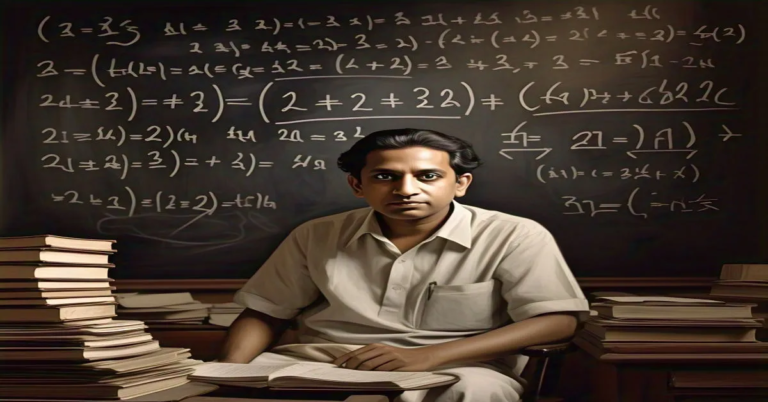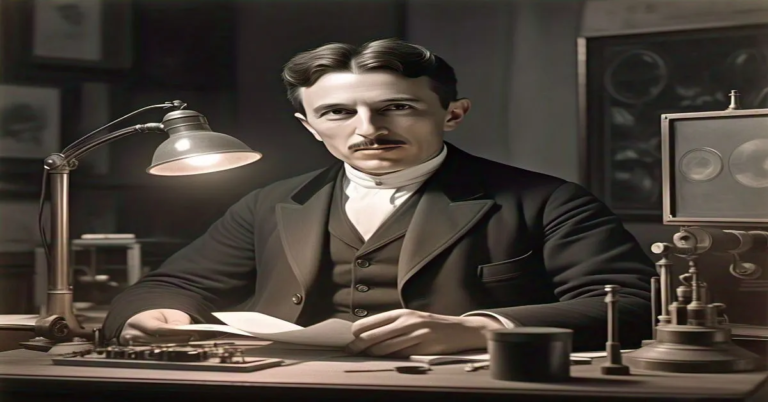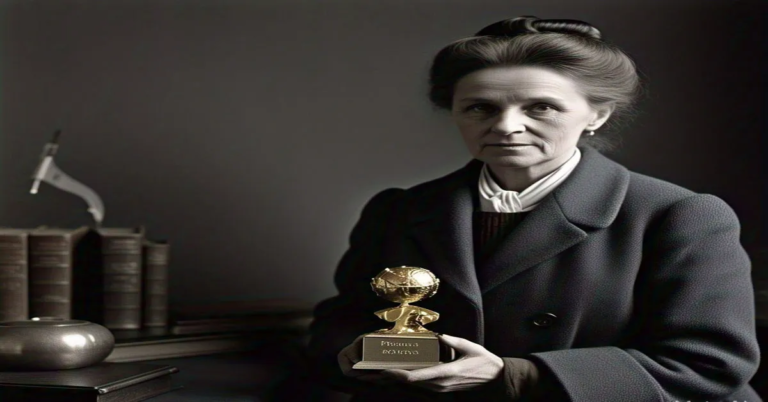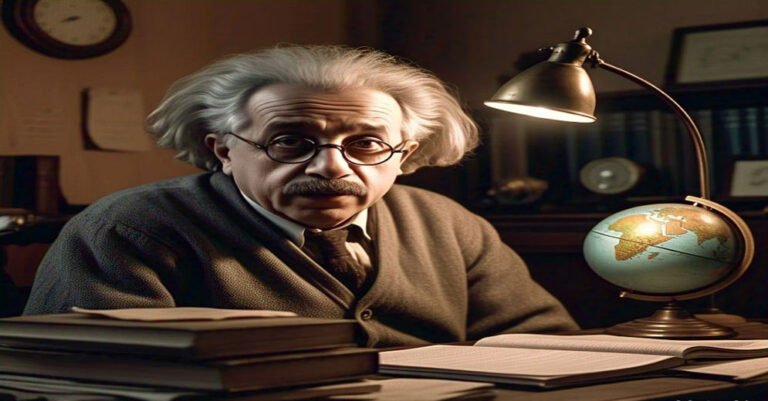Apj Abdul Kalam biography
Teknidh susri: The People’s College of rocket science and technology
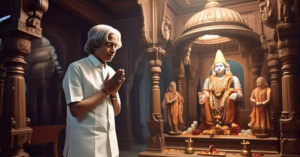
Early Life
Avul Pakir Jainulabdeen Abdul Kalam was born on October 15, 1931 in Rameswaram, Tamil Nadu. So Apj Abdul Kalam grew up in a modest family. But was brought up with strong values and discipline. His father owned a boat, and the family led a modest life.
During his childhood, Kalam was the curious. When He worked as a paperboy to put himself through school and was known for his concentration and work ethic.
Education
For his education, he attended Schwartz Higher Secondary School. Later he attended St. Joseph’s College, Tiruchirapalli. Where he studied physics and then he attended the Madras Institute of Technology (MIT). There he studied aerospace engineering.
At M.I.T., his brilliance lay in engineering design. His last assignment — a hovercraft — caught the eye of his professors who would eventually launch him into defense and space technology.
It was education that defined the future for Kalam. Never he sacrificed learning, even when times were hard. His academic sojourn is a testimony of vigour and determination to succeed.
So Kalam’s common mans life is a life of willpower and determined struggle that can overcome all obstacles. As motivation, He would use adversity. This attitude would later serve as a guide to his work in science and national development.
Career through Contribution to Science
In 1958, Kalam’s career started after graduating from the Defence Research and Development Organisation (DRDO). Early in his career, he designed a small hovercraft, but he found the scope limited.
This vehicle launched Rohini satellite into its orbit in 1980 and made India an space-faring nation. Under Kalam’s leadership, India’s space capabilities were augmented. So he was more than an engineer; he was a dreamer with faith in the indigenous development. Back at DRDO, Kalam took up missile development for an integrated guided missile programme and initiated a number of missile projects. Including Project Devil, and Project Valiant, leading to the Polaris and Prithvi missiles.
Missile Project
His missile projects led to the creation of the Agni and Prithvi missiles. Then won him his nickname: “Missile Man of India”. His importance increased on account of involvement in the 1998 Pokhran-II nuclear tests. But Kalam was a scientist who understood defense strategy and implications for national policy. Here Kalam had faith in technology used to build self-reliance.
So he was a key player in building India’s defense and space infrastructure, and pushed for local innovation. His legacy wasn’t simply in rockets or missiles but in offering India a lever to stand on its own feet. He was a scientist and a patriot, having the kind of deep technical skills along with nationalistic ardor that we are looking for in our own time.
The Missile Man of India: DRDO and ISRO Years
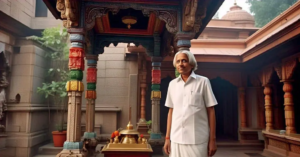
At DRDO and ISRO, Kalam had projects in his hands which could mould the future of technology for India.
He was part of ISRO since 1969 when he was the project director of SLV-III, India’s first experimental satellite launch vehicle. It was his stewardship, when India’s first satellite was launched with great success in 1980. This brought India into an exclusive club of space powers.
Kalam also supervised projects such as Project Devil and Project Valiant, which were the precursors to India’s missile programmes. Despite the failures and lack of resources, he advocated that innovation take hold.
Return to DRDO
Kalam again returned to DRDO in 1980 to undertake an accelerated effort to cause IGMDP to leapfrog a generation of development, with a number of other projects as independent programs under his leadership. For this ambitious project, five types of missile systems were planned: Prithvi (surface-to-surface), Agni (ballistic), Trishul (low-level), Akash (medium-range) and Nag (anti-tank).
Despite sanctions, Kalam and his team developed these technologies domestically. He focused on teamwork and engaging youth. Thousands of young engineers gained valuable, hands-on experience, setting the future trajectory of India’s tech work force.
Success
Part of the success of Kalam’s formulation was its adherence to scientific rigor as well as project management practices. He maintained low costs and high morale by engaging staff in problem-solving rather than making top-down decisions.
He wasn’t merely an administrator of programs — he was also a mentor of future scientists. His faith in the power of young people and of collaboration became another key element in his leadership.
Kalam’s role was an exceptional master strategist in developing India’s missile and nuclear weapon programs, and he guided emergency during the presidency to hold and keep very much India together in a very difficult time. His work established the groundwork for self-reliance in sensitive defence technologies.
Apj Abdul Kalam- Presidency and Vision for India
Dr. Kalam served as the 11th President of India, from 2002. Although not a politician, his status as a scientist and patriot made him a popular choice.
His administration was characterized by plainness, honesty and accessibility. He frequently interacted with students and was known as “People’s President.”
Kalam leveraged his popularity to propel “Vision 2020,” a clear blueprint to turn India into a developed nation. He was a proponent of fusing technology, education, and good governance to drive growth.
Apj Abdul Kalam policy focus included:
- Developing the Rural through PURA provisions
- Education reforms
- Energy independence through renewable energy
- Monetization of space and defense
Kalam viewed India’s youth as agents of change. He made frequent visits to schools, colleges and universities and gave talks that inspired students to consider life beyond the classroom.
He thought leadership should be servile, and somewhat humble. He gave away a large part of his salary during the time he was serving as president, to charities and trusts.
Though he left office in 2007, he continued in the public eye as an advocate of India’s advancement. He chose not to seek a second term, insisting he wanted to resume teaching and public engagement.
As president,Kalam brought science to service. He brought a new and inspiring look to the Rashtrapati Bhavan.
Books and Inspirational Work
Kalam was a prolific writer. His textbooks are still inspiring the students, teachers and practitioners.
Notable titles include:
- Wings of Fire (autobiography)
- Ignited Minds
- India 2020
- My Journey
- Turning Points
Wings of Fire covers his early life, scientific career, and personal philosophy.In India, It is one of the most read autobiography. India 2020 had provided developmental roadmap and asked India to become self-reliant. Ignited Minds was concerned about upliftment of youth.
His writing style was simple yet powerful. So he used real stories and practical ideas to connect with readers of all ages.
In poetry, Kalam also wrote in both English and Tamil. Here he believed poetry and science were not opposites but complementary forces.
His speeches
Beyond writing, he delivered thousands of lectures and participated in interactive sessions with students. His speeches often emphasized:
- Dreaming big
- Facing failure with courage
- Importance of moral values
- Scientific temper and innovation
Frequently he would say, ‘Dream, dream, dream. The future belongs to dreamers and dreams are turned into thoughts, and thoughts into action.
Realted to works, Kalam’s are now part of school curriculums. His life and message continue to influence the minds of future generations.
Apj Abdul Kalam Legacy and Impact on India
Both Kalam’s legacy is technological and moral. Behind system, he left values, and a mindset that continue to influence India.
In defense and space, his work helped India reduce reliance on foreign technology. His leadership ensured continuity in strategic programs that still benefit the country.
As an educator, his outreach touched millions. His constant engagement with students and his belief in youth empowerment made him a role model.
Honour awards name as Apj Abdul Kalam
In politics, he changed how citizens view the presidency. Here he centered it more around people and young people. Still he is an icon of integrity, humility, and sheer persistence. Facilities such as the DRDO Missile Complex were renamed in his honour. There are now many scholarships, fellowships and awards named after him. October 15, his date of birth, is observed as World Students’ Day in his memory, in honour of his great love for teaching.In 2015, He died and tributes for him came from across the globe.
After his death in 2015, tributes poured in from around the world. Leaders across the spectrum acknowledged his contributions.
So he proved that a scientist could also be a statesman. His legacy cuts across age groups, professions, and ideologies.
Apj Abdul Kalam Honors and Awards
Dr. Kalam received numerous awards during his lifetime.
Major awards include:
- Bharat Ratna (India’s highest civilian award)
- Padma Bhushan
- Padma Vibhushan
- Veer Savarkar Award
- King Charles II Medal (UK)
Honorary he held doctorates from over 40 universities worldwide.International institutions praised him for promoting peace and scientific development.His honors weren’t limited to his technical work—many recognized his moral leadership and service.

